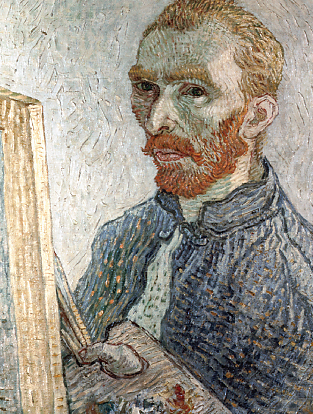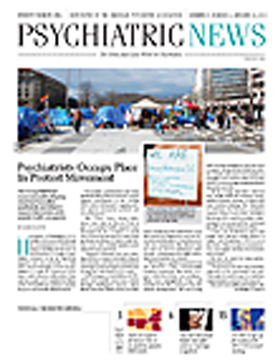Since creative individuals and mentally ill individuals often view the world in unusual ways, it would probably not be surprising if the former and latter were often the same people.
Indeed, structured diagnostic interviews with eminent creative people, retrospective analyses of famous creative people from the past, anecdotal evidence, and some smaller studies have suggested that this might be the case (Psychiatric News, July 1, 2011).
Now a large Swedish population study strengthens the hypothesis as well. It found an increased likelihood for individuals with schizophrenia or bipolar disorder to work in a creative occupation compared with individuals who do not have these illnesses.
The lead investigator was Simon Kyaga, M.D., of the Department for Medical Epidemiology and Biostatistics at the Karolinska Institute in Stockholm. The results were published in the November 2011 British Journal of Psychiatry.
The researchers used Sweden’s comprehensive and multigenerational personal identification registry system and hospital registry system to identify some 300,000 individuals who had received inpatient treatment for schizophrenia, bipolar disorder, or unipolar depression between 1973 and 2003, as well as their relatives, and to determine the professions of all of these people. The researchers then used the registry systems to find controls for the subjects and to determine their professions.
After that, the researchers looked to see whether there was a greater preponderance of “creative” professions among the mentally ill individuals and their relatives than among the controls. They defined creative professions as artistic or scientific ones and then subdivided artistic professions into visual or non-visual ones.
The subjects with bipolar disorder as well as their first-degree relatives were found to be engaged significantly more often in the so-designated creative professions than the controls were. The same held for the parents and siblings of individuals with schizophrenia. And whereas schizophrenia subjects had no significantly increased rate of overall creative professions compared with controls, they did have a significantly increased rate in one subgroup of them—the visual arts.
As for unipolar depression, neither the individuals with it nor their siblings differed from the controls regarding creative professions.
It thus appears that there is not just an increased likelihood of people with bipolar disorder or schizophrenia to hold creative professions, but for their relatives to do so as well. These findings in turn suggest that the link between schizophrenia and creativity and between bipolar disorder and creativity might be genetic. Actually a gene called neuregulin 1 may come into play here, the researchers indicated in their paper, since a variant of that gene has been linked to both psychosis and creativity by Szabolcs Keri of the National Psychiatry Center in Budapest, Hungary.
The findings have clinical implications, Kyaga told Psychiatric News: “It is important to treat all patients individually with the aim of finding the optimal treatment with regards to effectiveness, while minimizing the adverse effects that medication can have on positive aspects of psychiatric disorders [such as creativity].” For example, certain bipolar patients voice concern that lithium reduces their creativity, “yet we also know from previous research that terminating treatment with lithium in bipolar disorder will in the long run disrupt creative behavior,” he said.
A possible weakness of the study, the researchers admitted, is that they used artistic and scientific occupations as a proxy for creativity. On the other hand, they contend that this use was probably appropriate because when they looked to see whether they could find any positive links between schizophrenia, bipolar disorder, or unipolar depression and two arguably noncreative professions— accounting or auditing—they could find none.
The study was funded by the Swedish Medical Research Council, the Swedish Psychiatry Foundation, the Bror Gadelius Foundation, and the Swedish Council for Working Life and Social Research.

